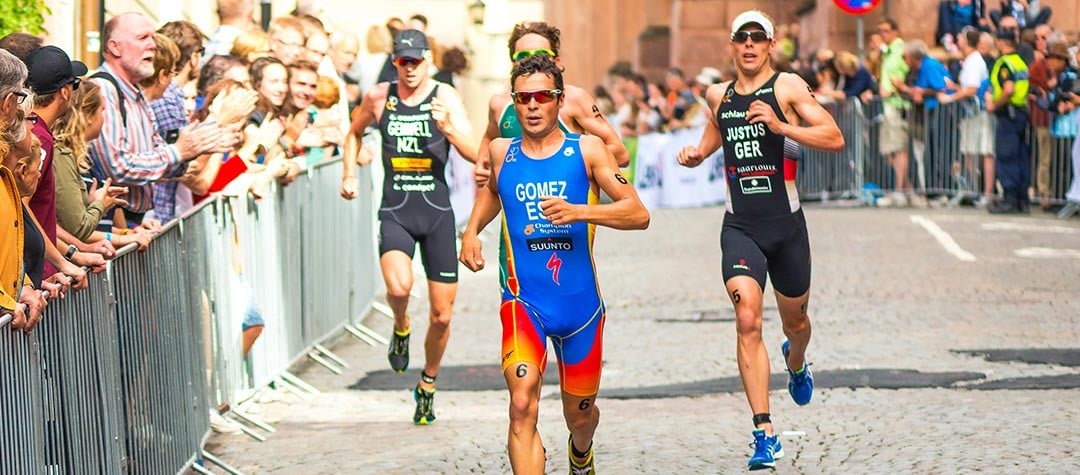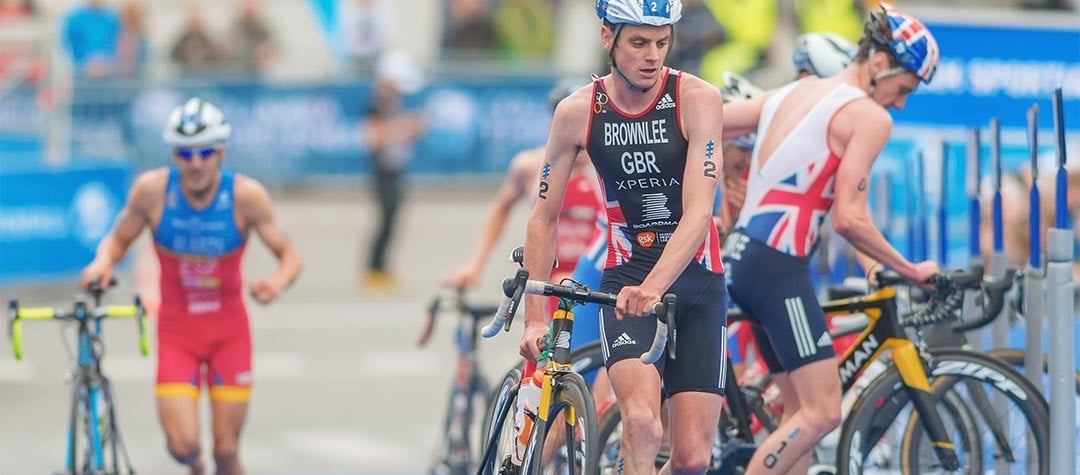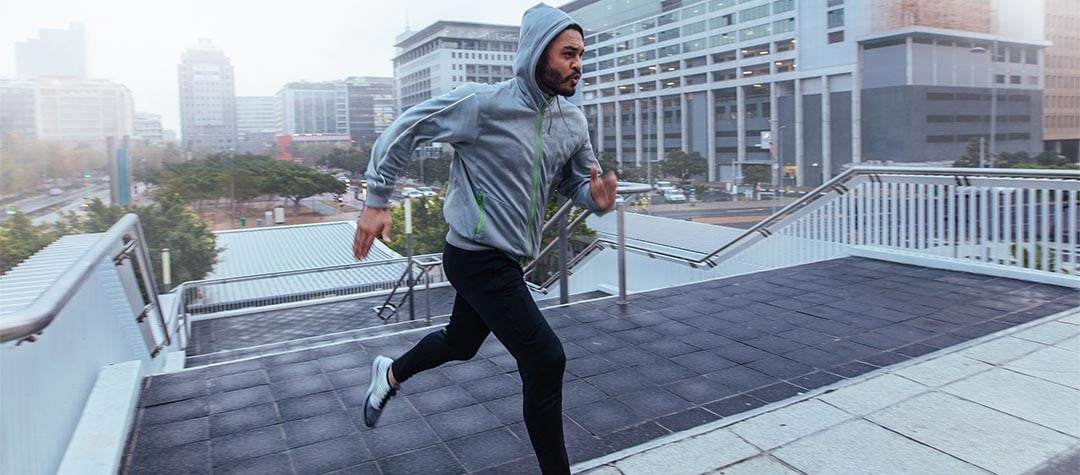Discover how to safely increase your training volume and distances to peak for your event.
Solid weekly mileage coupled with the right type of sessions within that volume go a long way to improving your performance. As an endurance sport it's an essential part of our triathlon training and you should usually try to keep it high throughout the year.
The winter is usually the time of year when you're slowly getting fitter again after a break and this should see all of us putting in our peak mileage. Once the days start to get warmer, your mileage should taper off a bit to allow more energy for the fast sessions which make you really fit.
There are many strategies to increase your mileage but of course you have to remember that putting in more hours will have an additional impact on your body.
There are many strategies to increase your mileage but of course you have to remember that putting in more hours will have an additional impact on your body. You should prepare for this as sensibly as possible with body work such as stretching and massage.
Regular trips to the gym to work on your weaknesses are also a great idea. And don’t forget to stick to good quality food while you’re at it.
Building up slowly
The key message I would offer is not to build up too quickly. Upping the volume too fast will rarely end well and even though it might feel good at the time, remember that consistency is the key and you still want to be pumping out the mileage in March like you have been. It's a long term project and you should be happy to just stick to a steady consistent plan.
Training intensity
The intensity of your training is another factor worth looking at. Training at an easier pace will make it easier to hit the mileage target and that is perfect at first when you're getting used to being on your feet for longer.
However you must remember that you also need to have a range in speeds in training and racing, so ultimately all of your training sessions shouldn't be too easy. That extra intensity will need to be factored into your mileage targets.
Block training
Your training should always be run in blocks. For example two weeks of hard work should be followed by a week with a much lighter load.
This will enable you to adapt and absorb the previous fortnight’s work, before you progress onto the next level. It will likely feel like taking two steps forward and one step back but long term that is how it needs to be, if you are to improve and also remain consistent and motivated.
Training structure
Likewise you can also structure your training to make it easier to hit your targets. Think about training twice in one day for the same discipline.
If you have a track session with your running club in the evening, go for a 30 minute very easy run before work. This will give you a good feel for running in the evening. Plus it's not stressful because it's only 30 minutes out of your day and it's a great way to add volume into your programme!
Remember there will be an extra impact on your body here so make sure you eat well and take on the right foods to recover in the evening. Always plan to eat as soon as possible after exercise and also while you're on the bike, it's advisable to eat every hour. Even if it's a protein bar it's always good to supplement your nutrition, even during training.
Picture credit - Lemonpink Images / Shutterstock.com













